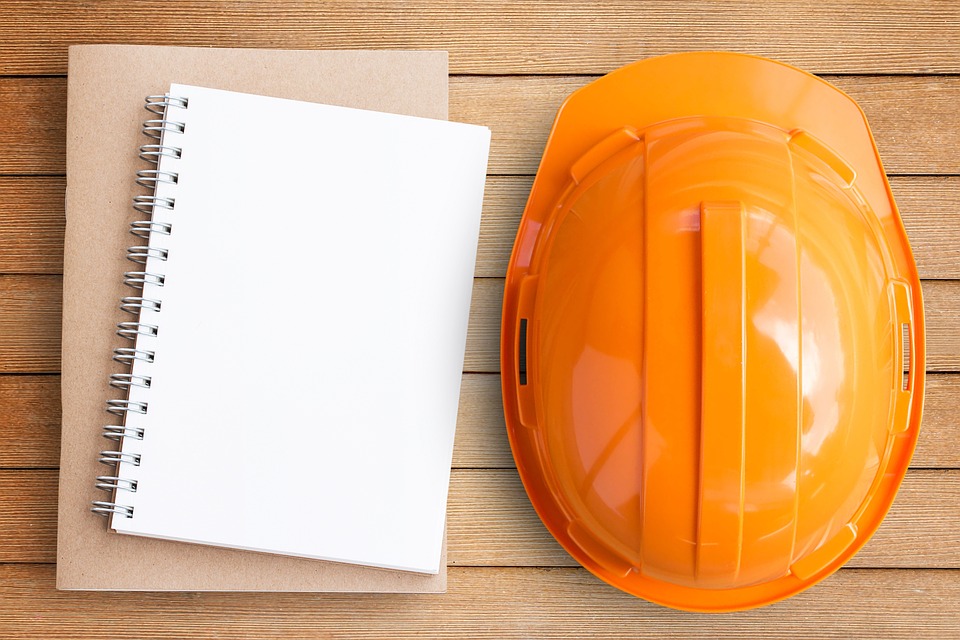Navigating Safety Regulations in the Construction Industry
Construction sites can be dangerous places, with numerous hazards that can pose risks to workers and the public. As a result, regulatory bodies have established strict safety regulations that must be followed to ensure the well-being of everyone involved in a construction project. Navigating these safety regulations can be challenging, but it is essential for ensuring compliance and minimizing the risk of accidents and injuries.
Understanding Safety Regulations
Safety regulations in the construction industry are established by government agencies such as the Occupational Safety and Health Administration (OSHA) in the United States. These regulations cover a wide range of safety measures that need to be implemented on construction sites to protect workers from hazards such as falls, electrocution, and exposure to toxic substances. Failure to comply with these regulations can result in fines and penalties, as well as potential injuries or fatalities.
Key Safety Regulations in the Construction Industry
Some of the key safety regulations that construction companies need to navigate include:
Fall Protection
Fall protection regulations require employers to provide fall protection systems for workers who are working at heights above 6 feet. This can include guardrails, safety nets, or personal fall arrest systems. Employers must also ensure that workers receive proper training on how to use fall protection equipment and follow proper safety procedures.
Electrical Safety
Electrical safety regulations require employers to ensure that workers are protected from electrical hazards on construction sites. This can include ensuring that electrical equipment is properly maintained and grounded, and that workers are trained on how to work safely around electricity.
Hazard Communication
Hazard communication regulations require employers to provide information to workers about the hazards they may be exposed to on a construction site, as well as how to protect themselves from those hazards. This can include providing Material Safety Data Sheets (MSDS) for chemicals used on the site, as well as training workers on how to handle hazardous substances safely.
Personal Protective Equipment
Personal protective equipment (PPE) regulations require employers to provide workers with the appropriate PPE for the hazards they may be exposed to on a construction site. This can include hard hats, safety glasses, gloves, and respiratory protection. Employers must also ensure that workers are trained on how to use PPE properly and that it is worn at all times when required.
Managing Safety Regulations
Navigating safety regulations in the construction industry can be a complex process, but there are steps that construction companies can take to ensure compliance and minimize risks. Some key strategies for managing safety regulations include:
Establishing a Safety Program
One of the most important steps that construction companies can take to navigate safety regulations is to establish a comprehensive safety program. This program should outline the safety policies and procedures that need to be followed on construction sites, as well as provide guidelines for training workers on safety measures. By establishing a safety program, construction companies can ensure that all employees are aware of the safety regulations that need to be followed and are trained on how to comply with them.
Training Workers
Training workers on safety regulations is essential for ensuring compliance and minimizing risks on construction sites. Employers should provide regular safety training for all workers, including how to use safety equipment, how to identify hazards, and how to respond to emergencies. By investing in safety training, construction companies can help reduce the likelihood of accidents and injuries on their sites.
Regular Inspections
Regular inspections of construction sites are essential for ensuring that safety regulations are being followed. Employers should conduct regular inspections of their sites to identify hazards and address them before they cause accidents or injuries. Inspections can help construction companies identify areas where safety measures need to be improved and ensure that workers are following proper safety procedures.
Conclusion
Navigating safety regulations in the construction industry is essential for ensuring the well-being of workers and the public. By understanding key safety regulations, establishing a safety program, training workers, and conducting regular inspections, construction companies can ensure compliance with safety regulations and minimize the risk of accidents and injuries on their sites. By prioritizing safety, construction companies can create a safe work environment for their employees and protect their reputation in the industry.
